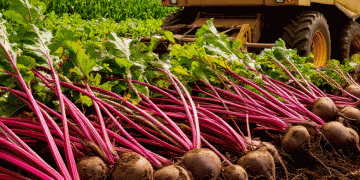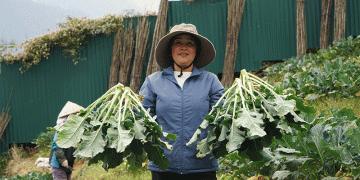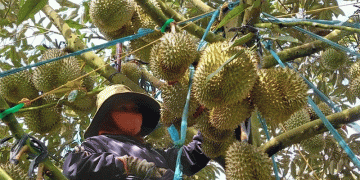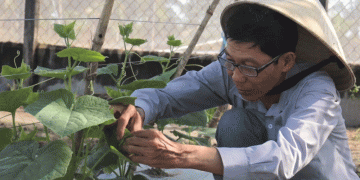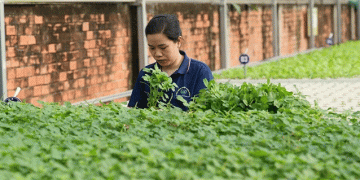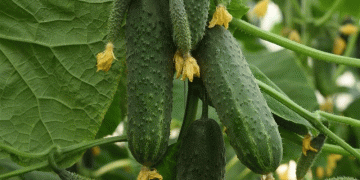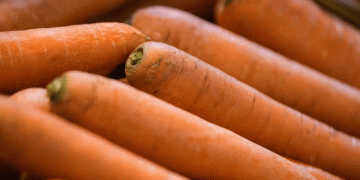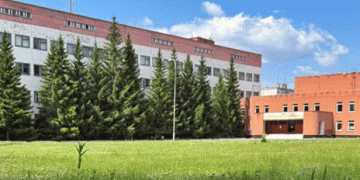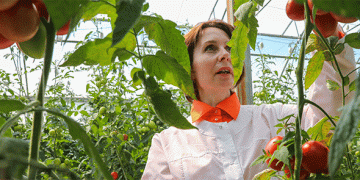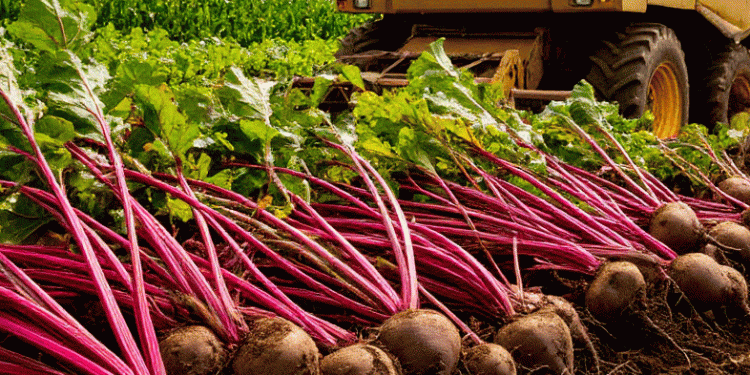The ongoing table beet harvest in Leningrad Oblast’s Allvolozhsky, Kirovsky, and Lomonosovsky districts represents more than just another seasonal agricultural activity—it showcases a dramatic transformation in harvesting efficiency through mechanization. Regional authorities report that mechanical harvesting has increased labor productivity by more than 17 times compared to traditional manual methods, fundamentally changing the workforce requirements and economic calculations for root vegetable production.
The Efficiency Revolution in Numbers
The reported metrics from Leningrad Oblast reveal extraordinary gains in operational efficiency:
- Traditional Method: A crew of 5 workers required a full week to harvest a field
- Mechanized Method: Just 2 operators can now complete the same harvesting work in a single day
This represents a reduction from 35 worker-days to just 2 worker-days per field—a 94% decrease in labor requirements. The reported 716-ton yield from 22 hectares indicates a solid yield of approximately 32.5 tons/hectare, demonstrating that mechanization can maintain productivity while drastically reducing labor inputs.
These figures align with global data on agricultural mechanization. According to a 2024 FAO report on agricultural efficiency, mechanized harvesting of root crops typically delivers 15-20x labor productivity gains compared to manual methods, while reducing harvest losses by 3-5% through gentler handling and faster processing.
Economic Implications for Farm Sustainability
The labor efficiency gains translate directly to improved economic viability for vegetable operations:
- Labor Cost Reduction: Dramatically decreases the largest variable cost in vegetable production
- Harvest Timing Optimization: Allows faster completion of harvest during optimal weather windows
- Labor Availability: Reduces dependence on increasingly scarce agricultural workers
The mechanization approach proves particularly valuable in regions like Leningrad Oblast, where challenging growing conditions and labor shortages make efficiency improvements essential for maintaining agricultural production.
The Leningrad Oblast beet harvest demonstrates how strategic mechanization can transform vegetable production economics. The 17x labor efficiency gain isn’t merely an incremental improvement—it represents a fundamental shift in how farms can operate profitably despite rising labor costs and availability challenges. For farmers and agricultural planners, this case study underscores that investment in appropriate-scale mechanization delivers one of the strongest returns on investment in modern agriculture, particularly for labor-intensive crops like root vegetables. As technology continues to advance with automated guidance and optimized harvesting systems, these efficiency gains will likely further improve, helping ensure the economic sustainability of vegetable production in challenging agricultural regions.
